Start building strength and improving flexibility with short routines, easy habits, and evidence-based strategies—perfect for total beginners.
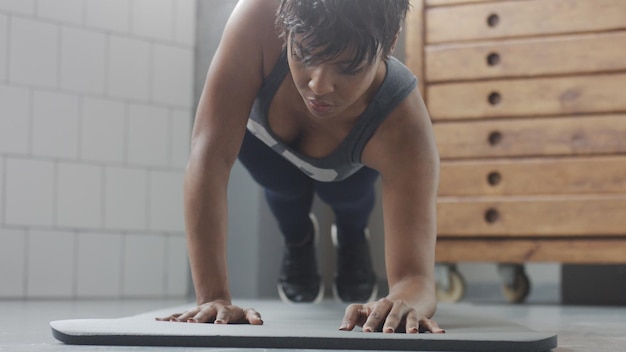
Many people assume strength training is only for building muscle or lifting heavy weights. But research shows it plays a vital role in improving flexibility, joint mobility, and overall physical function—especially when combined with proper movement patterns and recovery habits.
Contrary to outdated beliefs, strength training doesn’t make you stiff. In fact, full-range resistance movements—like bodyweight squats or controlled lunges—enhance flexibility by increasing muscle elasticity and joint range of motion over time.
A 2019 review published in the Scandinavian Journal of Medicine & Science in Sports found that resistance training significantly improves flexibility when exercises are performed through a full range of motion. This means that when you squat deeply or perform a controlled push-up with full extension, you’re not just building strength—you’re also stretching and conditioning muscles simultaneously.
Additionally, strength training increases muscle coordination and neuromuscular control, which helps prevent imbalances that can restrict movement. Stronger muscles support better posture, reduce stiffness, and allow for freer, more fluid motion in daily life.
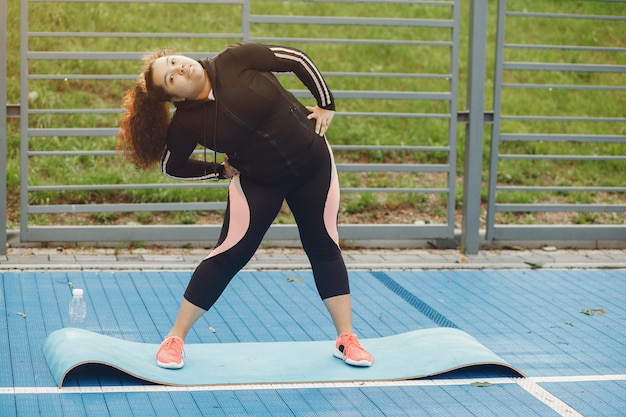
You don’t need hours at the gym to see results. Small, consistent habits make the biggest difference. Here are evidence-backed daily practices:
This routine combines strength and flexibility using bodyweight exercises. Perform each movement with control and full range of motion.
Rest 30 seconds between exercises. Repeat the circuit 2–3 times.
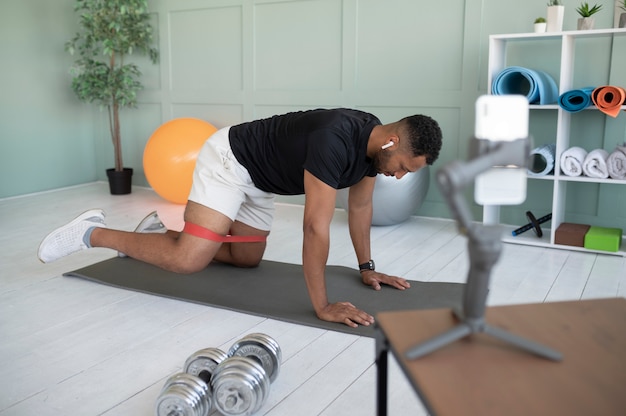
To keep improving, gradually increase the challenge. This doesn’t mean lifting heavier weights right away. For beginners, progressive overload can mean:
Flexibility improves most during recovery. Spend 5–10 minutes cooling down with static stretches after your workout:
You don’t need complex equipment or hours of training. Just 10–15 minutes a few times a week, combined with mindful movement and recovery, can transform your strength and flexibility.
Focus on form, move with intention, and stay consistent. Over time, you’ll notice easier movement, reduced stiffness, and greater confidence in your body’s capabilities.
Your journey to a stronger, more flexible body starts with a single rep.

Fitness

Fitness

Fitness

Fitness

Fitness

Wellness
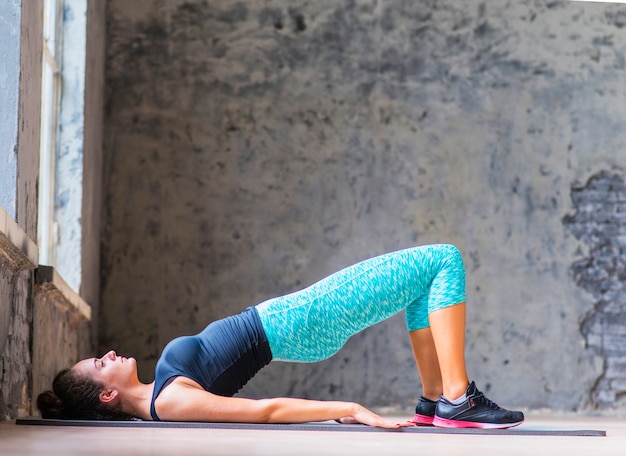
Fitness

Fitness

Fitness

Fitness
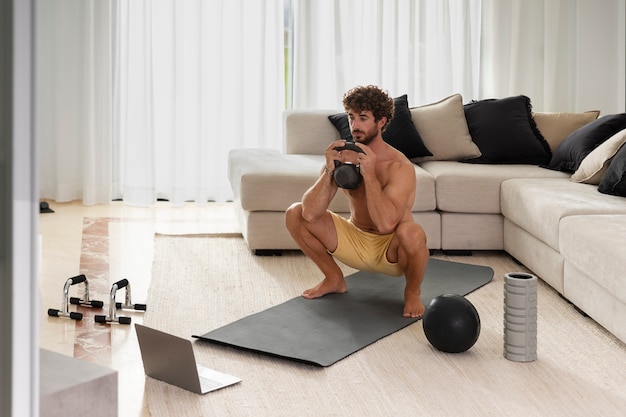
Fitness
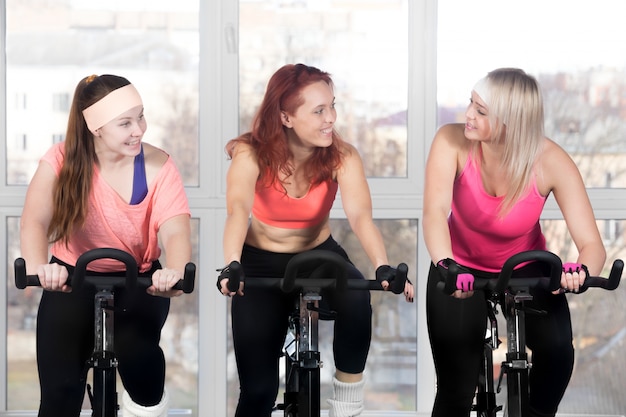
Fitness

Health

Fitness

Health

Health